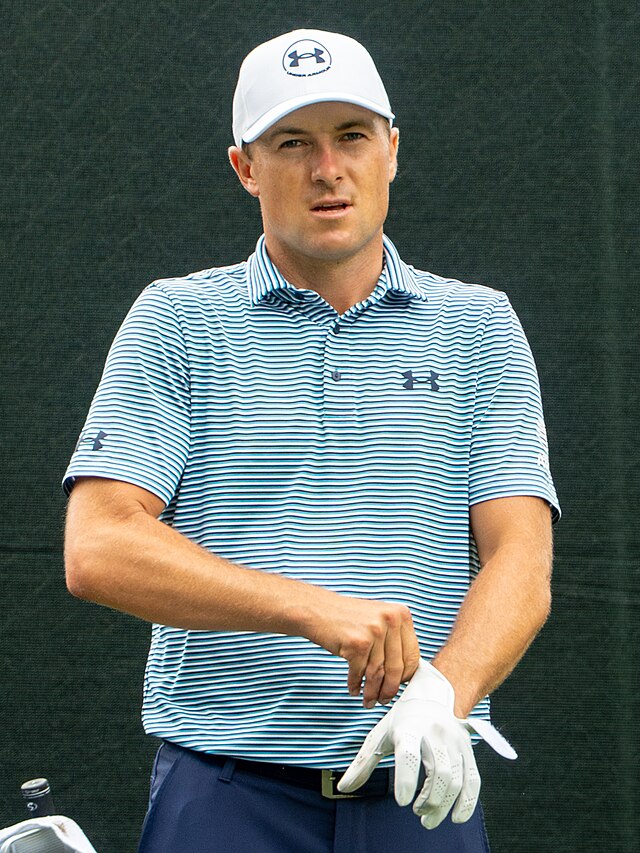
Jordan Spieth
Presidents Cup Record
Career Achievements
Major Championships
News Mentioning Jordan Spieth
Top 10 Most Memorable Moments in Presidents Cup History
From Tiger's dominance to the 1998 upset, we count down the most unforgettable moments in Presidents Cup history that have defined this prestigious competition.
Why Team USA Dominates the Presidents Cup: A Deep Dive
Team USA's 13-1-1 record in Presidents Cup history isn't just luck. We analyze the key factors behind American dominance in this biennial competition and what it means for the future of the event.
Biography
Jordan Spieth burst onto the global stage with one of the most historic seasons in golf history in 2015, winning The Masters and U.S. Open at just 21 years old. A three-time major champion, he is known for his unorthodox but effective swing, brilliant creativity, and magical putting. In team events, Spieth is a passionate competitor and a veteran leader, famous for his successful partnerships and energetic on-course interactions with his teammates and the crowd.
Player Statistics
Detailed Presidents Cup Record
Singles Record
Foursomes Record
Fourball Record
Defining Presidents Cup Moment
At the 2022 Presidents Cup at Quail Hollow, Jordan Spieth delivered one of the most dominant performances in the event's history. He became only the sixth player ever to go a perfect 5-0-0 for the week, winning all four of his pairs matches alongside Justin Thomas and then cruising to a decisive victory in his Sunday Singles match. His flawless performance was the cornerstone of the American victory.